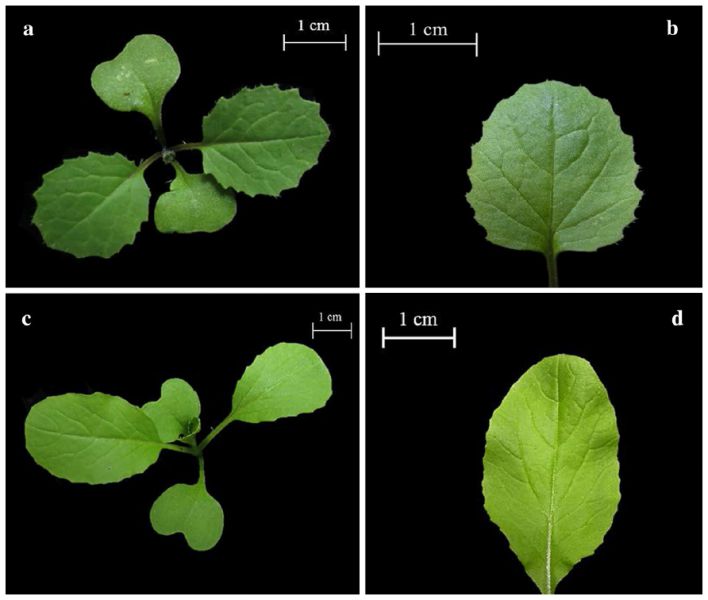生態農業:農業精準栽培管理技術開發【農藝學系郭寶錚教授】
| 論文篇名 | Using a zero‑inflated model to assess gene flow risk and coexistence of Brassica napus L. and Brassica rapa L. on a field scale in Taiwan |
| 期刊名稱 | BOTANICAL STUDIES |
| 發表年份,卷數,起迄頁數 | 2020, 61, 17 |
| 作者 | Su, Yuan-Chih; Wang, Po-Shung; Yang, Jhih-Ling; Hong, Hong; Lin, Tzu-Kai; Tu, Yuan-Kai; Kuo, Bo-Jein(郭寶錚)* |
| DOI | 10.1186/s40529-020-00294-2 |
| 中文摘要 | 本研究利用4年期,2地點的田間試驗評估在台灣地景下GM大油菜基因流佈的風險。主要探討零膨脹模式及資料過度分散的效應,結果發現異交率在上下風處並無顯著差異,平均異交率在0.35 及12.95 m 分別是 2.78% 及 0.028%。本研究發現zero-inflated negative binomial 模式優於zero-inflated Poisson 模式。當標示門檻分別訂在0.9% 及3%時模式估計隔離距離分別為1.36 and 0.43 m |
| 英文摘要 | Background The cropping area of genetically modified (GM) crops has constantly increased since 1996. However, currently, cultivating GM crops is associated with many concerns. Transgenes are transferred to non-GM crops through pollen-mediated gene flow, which causes environmental problems such as superweeds and introgressive hybridization. Rapeseed (Brassica napus L.), which has many GM varieties, is one of the most crucial oil crops in the world. Hybridization between Brassica species occurs spontaneously. B. rapa grows in fields as a weed and is cultivated as a crop for various purposes. Both B. rapa weeds and crops participate in gene flow among rapeseed. Therefore, gene flow risk and the coexistence of these two species should be studied. Results In this study, field experiments were conducted at two sites for 4 years to evaluate gene flow risk. In addition, zero-inflated models were used to address the problem of excess zero values and data overdispersion. The difference in the number of cross-pollination (CP) events was nonsignificant between upwind and downwind plots. The CP rate decreased as the distance increased. The average CP rates at distances of 0.35 and 12.95 m were 2.78% and 0.028%, respectively. In our results, zero-inflated negative binomial models were comprehensively superior to zero-inflated Poisson models. The models predicted isolation distances of approximately 1.36 and 0.43 m for the 0.9% and 3% threshold labeling levels, respectively. Conclusions Cultivating GM crops is prohibited in Taiwan; however, the study results can provide a reference for the assessment of gene flow risk and the coexistence of these two species in Asian countries establishing policies for GM crops. |







